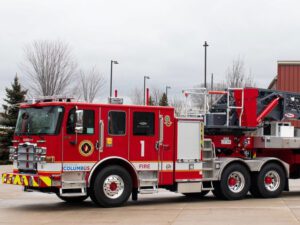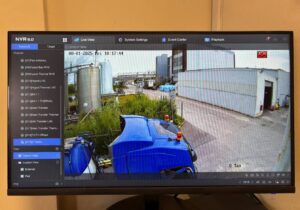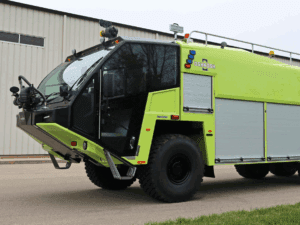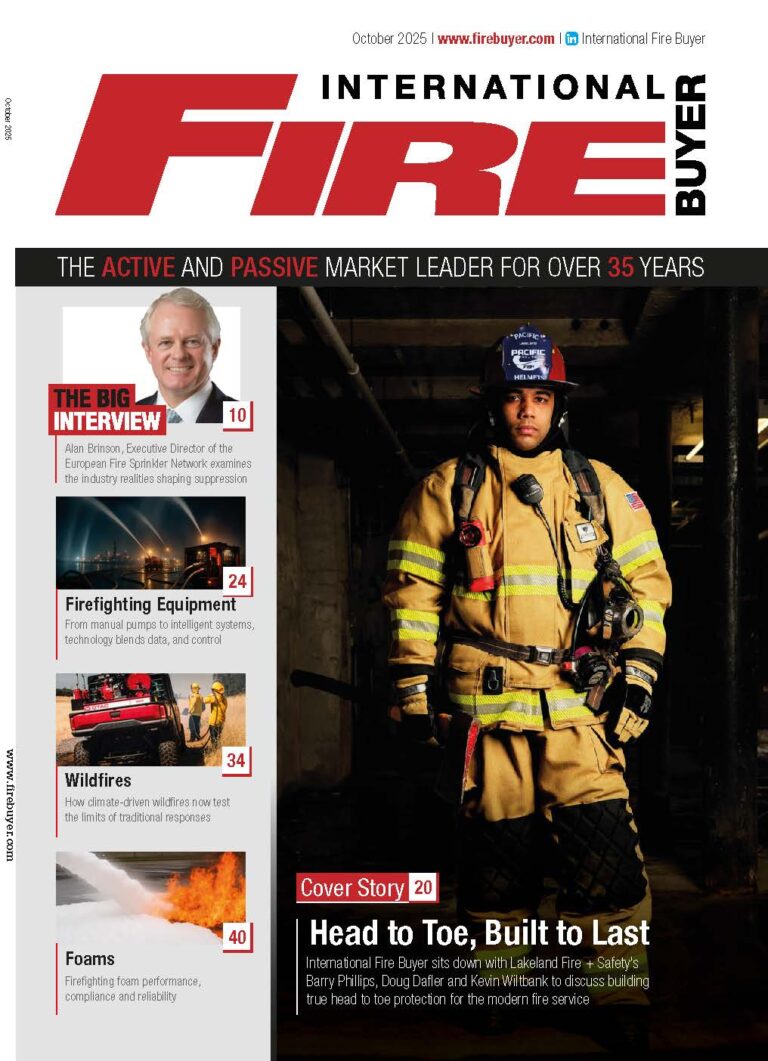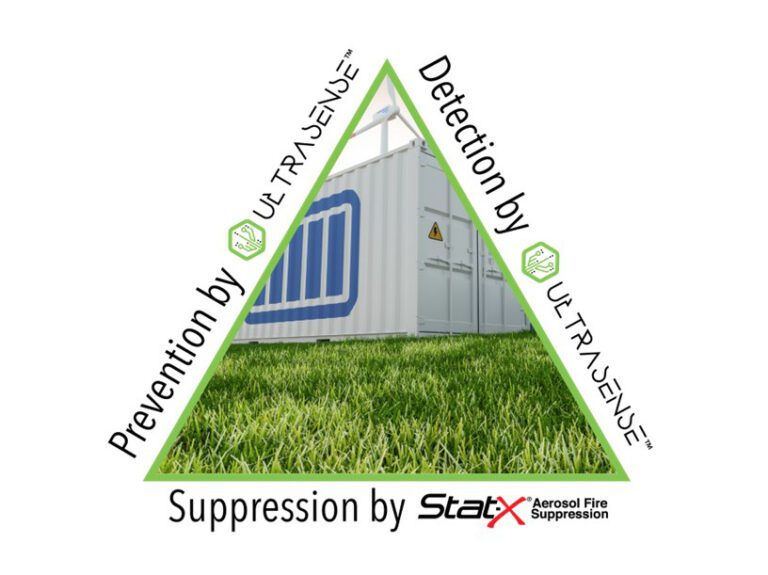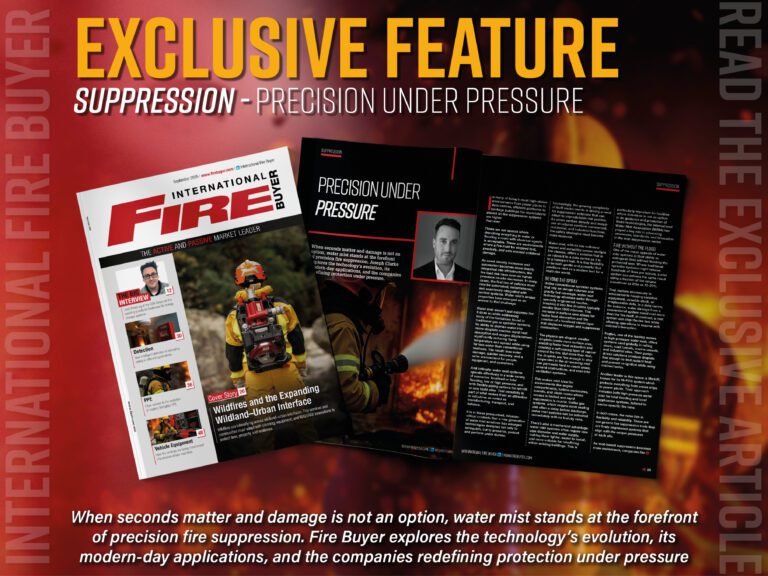At the 24th International Water Mist Association Conference held in September in Manchester, the water mist sector marked a major milestone.
Organisers of the event announced that nearly 180 delegates from more than 25 countries attended, making it the most well-attended gathering in the event’s history.
Max Lakkonen, President of IWMA, said: “The International Water Mist Association Conference in Manchester has broken all previous records, underlining the growing global interest in water mist technology. We have been positively surprised by the number of attendees and sponsors, which clearly demonstrates the strong momentum of our industry.”
First-time participants appeared in record numbers and attendance from Asia and the Americas exceeded that of earlier years, suggesting that water mist is gaining traction across multiple regional markets. While Europe has long been a base for water mist development, the 2025 conference revealed increasing engagement from geographically diverse sectors.
The event took place at the Hyatt Regency Hotel in Manchester, with technical sessions in the Rothwell Suite and an adjacent exhibition in the Bernstein Suite. A reception on 23 September kicked off networking, and an after-conference dinner at The King Street Townhouse closed the formal agenda. The conference site layout and logistics, drawn from the programme flyer hosted on the Association’s website, supported a fully integrated experience for attendees.
Presentations and insights
The first day of the programme afforded delegates a series of system-oriented presentations. After opening remarks by Lakkonen and a welcome address by Sir Ken Knight, whose remarks drew on decades of fire service experience, speakers turned to practical deployments of water mist technology.
Ann Micheli of Ultra Fog explained how water mist has become a preferred suppression solution in marine and offshore settings, balancing suppression performance, water use and safety in challenging environments.
Antti Hurme of Marioff described the nuanced application of mist in the protection of Notre Dame Cathedral, detailing how classic heritage structures impose constraints on hydraulic layouts, nozzle placement and performance trade-offs.




